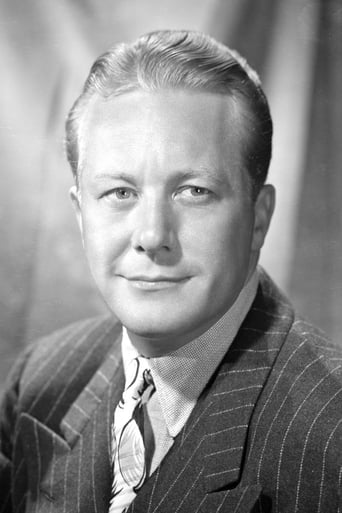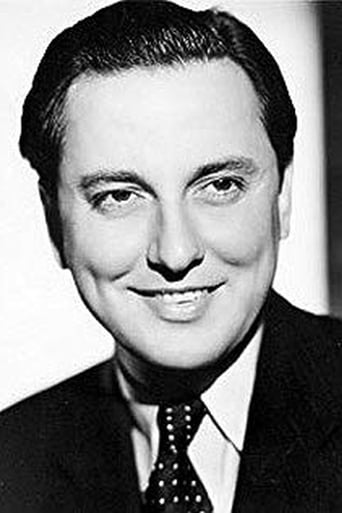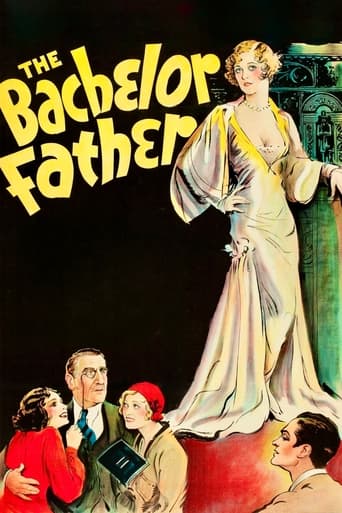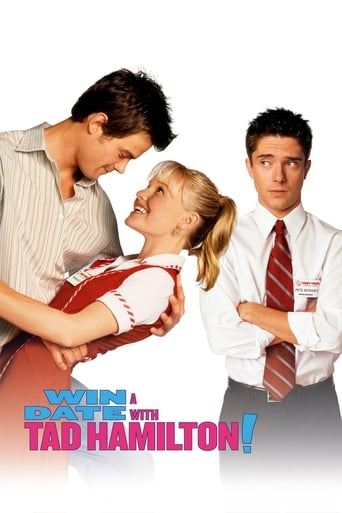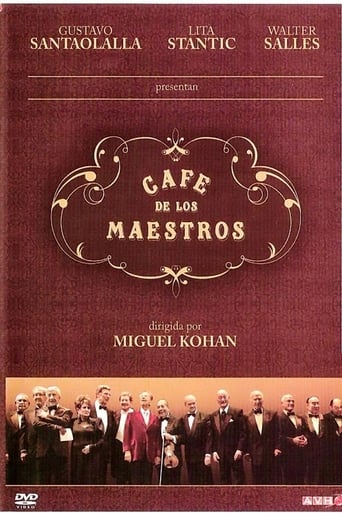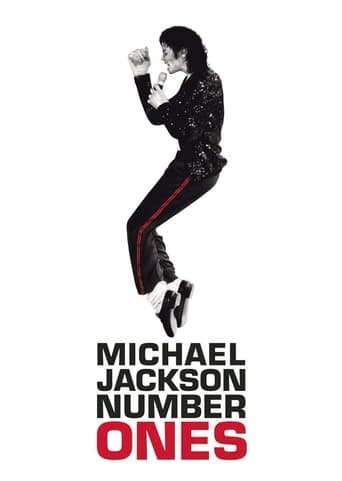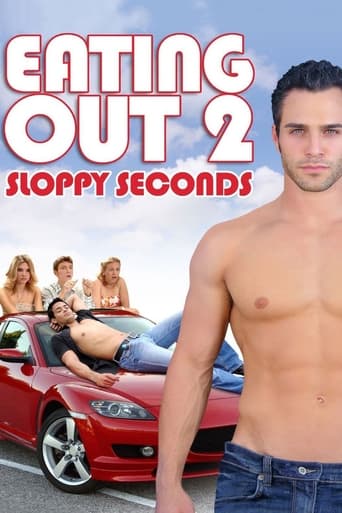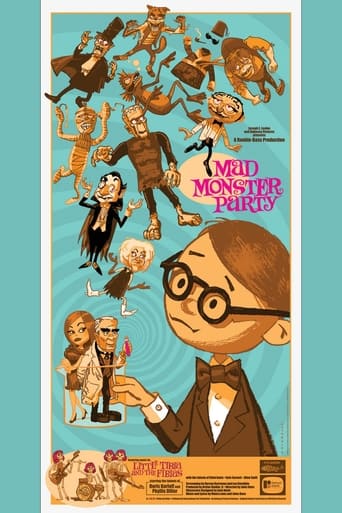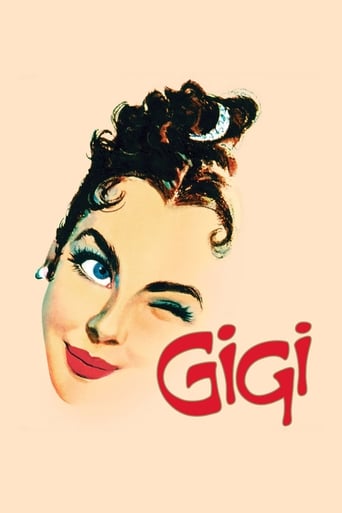
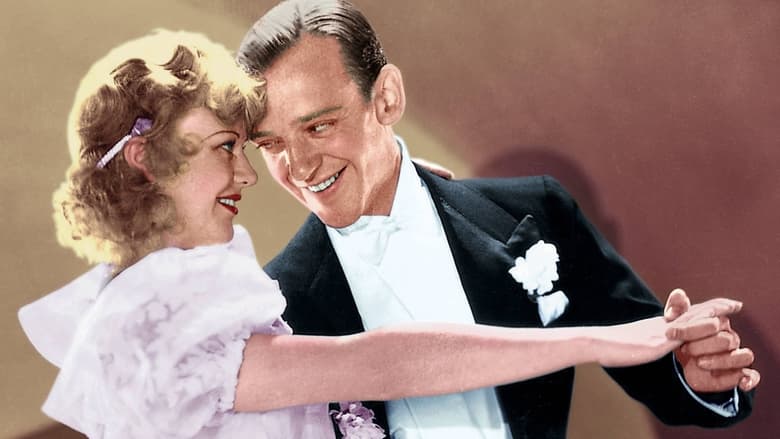
Flying Down to Rio (1933)
A dance band leader finds love and success in Brazil.
Watch Trailer
Cast
Similar titles
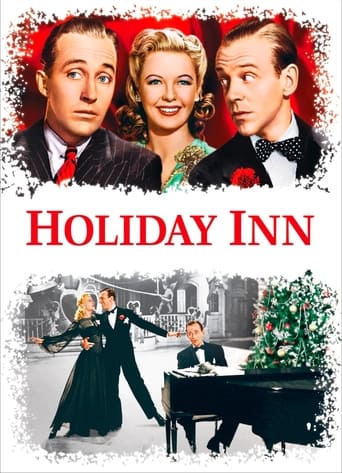
Reviews
Best movie of this year hands down!
If the ambition is to provide two hours of instantly forgettable, popcorn-munching escapism, it succeeds.
As somebody who had not heard any of this before, it became a curious phenomenon to sit and watch a film and slowly have the realities begin to click into place.
Strong acting helps the film overcome an uncertain premise and create characters that hold our attention absolutely.
Although it was made more than eighty years ago, "Flying Down to Rio" remains famous for two things. The first is for being the first screen pairing of Fred Astaire and Ginger Rogers, although they are not its main stars. Top billing goes to Dolores del Río and Gene Raymond, who play two sides of a love triangle. Raymond plays Roger Bond, an American bandleader who takes his orchestra to Rio in pursuit of Brazilian beauty Belinha. The third side of the triangle is Julio, Belinha's long-standing fiancé. I won't reveal which of the men ends up with the girl, but anyone familiar with the conventions of Hollywood romantic comedies of the period will be able to work out the answer from what I have just written. Astaire has a relatively minor role as Bond's assistant Fred Ayres and Rogers an even smaller one as singer Honey Hales, although she was billed above him for the only time in their careers. (In 1933 Astaire was better known as a Broadway star). The film is sometimes described as "pre-Code", which is technically correct as the Production Code did not come into force until the following year. That description, however, might be misleading to those who have come to associate the words "pre-Code" with something racy, as there is little here which would have troubled the Hays Office had the film been made after 1934, except that they might have insisted upon slightly less revealing costumes for the showgirls. It goes without saying, for example, that, although Brazil has a large black population, Belinha and Julio are both white. (Indeed, no black Brazilians feature at all). Code or no Code, no Hollywood studio in the thirties was going to make a rom-com in which a white bandleader falls for a black woman. This is the sort of musical in which the singing and (even more importantly) the dancing take precedence over the story. Apart from the love-triangle, the only significant plot element is a crooked scheme by a shadowy group of gangsters to put Belinha's father, a hotel and nightclub owner, put of business by ensuring that he does not get a public entertainment licence. This element, moreover, is really only a plot device to set up the second thing for which the film is famous, its celebrated closing scene. Roger and Julio are both enthusiastic aviators and they persuade the local flying club to organise a stunt whereby the club's showgirls will dance on the wings of their planes as they fly past the club. As the entertainment will not actually be taking place on club premises no licence will be needed. Although some of the songs in the film, such as "Orchids in Moonlight", became popular hits at the time, none are particularly memorable. As I said, the plot is pretty flimsy and there are no outstanding acting performances. The famous wing-dance sequence, however, is spectacular, particularly by the standards of the early thirties, and is the main reason why the film gets an above-average mark. 6/10]
So-so musical notable for being the first screen pairing of Fred Astaire and Ginger Rogers. Unfortunately they aren't the stars of this, just supporting players. The stars are Gene Raymond and Dolores del Rio. Band leader Gene falls for Dolores but she's already in an arranged engagement. Not very interesting (the stars or the romance). The support outshines the leads in this case, with Fred and Ginger displaying their likable personalities and that classic screen chemistry. Fred has a nice dance number and Ginger gets to sing a tune early in the movie wearing a dress with a plunging neckline that's pretty sexy stuff. Later they have a fun dance number together to a song called "The Carioca." That's one of two great numbers in the film; the other being the climactic sequence with girls dancing on airplane wings. See it for those two numbers or for the Fred & Ginger scenes, which are always fun.
Yes, this is the film that introduced the immortal Fred and Ginger, but there's so much more to it. Gene Raymond never became quite the star he should have, but he shines here. Delores Del Rio was never more gorgeous. Still, it's Astaire and Rogers we always remember. I especially love the terrific music by Vincent Youmans, especially the title song, which is probably my favorite song of all time -- it makes me happier every time I hear it. The fourth lead, Raul Rulien, is a capable enough actor, but his singing voice really should have been dubbed. Or perhaps his song "Orchids in the Moonlight" could have been transposed down half an octave so he could handle it. As it is, he sounds like a comic Spanish eunuch. Once I saw this movie in a revival house and when Rulein began to sing, the house erupted in raucous laughter. Still, in every other way the film is a success, thirties kitsch perhaps, but still glorious kitsch.
This film is entertaining for two reasons: the first teaming of Astaire and Rogers, and as a glimpse into the America of the early 1930s.Ginger Rogers was billed fourth in this film and Fred Astaire was fifth billed. Ginger appeared in ten films in 1933, whereas Fred was appearing in only his second Hollywood film. He was no stranger to the stage, but his film career was just beginning. The duo would eventually appear in ten films together, based upon their chemistry and her ability to follow his dance direction. In just a couple of years,they were performing much more sophisticated dances in more entertaining films.Flying Down to Rio also showcases many aspects of American culture at the time, including the corny witticisms and mugging that were considered hep humor. Also note the wing-walkers (in the aerial circus) and the reference to the Culbertson Sytem (a popular bridge bidding system). Check out the beautiful seaplane and the daring preCode fashions, some which are stunning, some which are tacky.The narrative of this film seems little more than an excuse to bring the characters (and the audience) to venues where dancing and singing can be showcased. The sets for the Carioca Casino and the Aviators Club were beautiful. The montage of Rio was like a 30s postcard.Speaking of montages, the performance pieces in Flying Down to Rio are typical of Busby Berkley spectaculars--montages of dancing, and groups of dancers in large production scenes. Compare the Astaire dance numbers which, in contrast, follow the dance performance in single or extended shots, emphasizing the technical excellence of the dancers. This technique of filming dance would revolutionize dance performance in film.The director looked to dazzle his audience with every variation of novelty cuts and what must have been seen as cutting-edge special effects (the images of performers on the wings of flying planes).Because the humor in the movie is played so broadly, the acting is not very good, but they got what they were aiming for--a light excuse for entertainment that was just what America wanted during the Great Depression.I am a fan of Ginger Rogers and Fred Astaire, singly and in tandem. As an early snapshot of the beginnings of their film history, Flying Down to Rio is required viewing, I feel.

